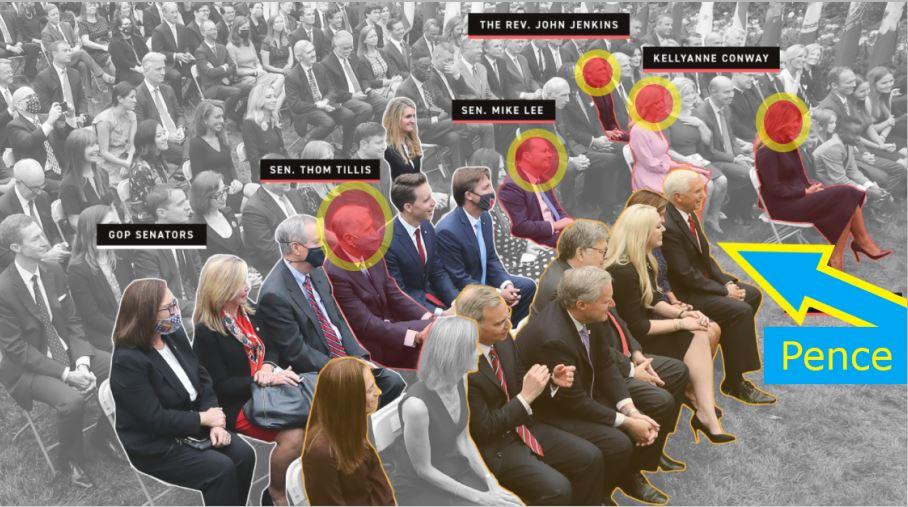Casey Johnston
Ars Technica
February 25, 2010
We’d like to think of ourselves as dynamic, unpredictable individuals, but according to new research, that’s not the case at all. In a study published in last week’s Science, researchers looked at customer location data culled from cellular service providers. By looking at how customers moved around, the authors of the study found that it may be possible to predict human movement patterns and location up to 93 percent of the time. These findings may be useful in multiple fields, including city planning, mobile communication resource management, and anticipating the spread of viruses.
- A d v e r t i s e m e n t
- {openx:49}
It’s not currently possible to know exactly where everyone is all the time, but cell phones can provide a pretty good approximation. Cell phone companies store records of customers’ locations based on when the customers’ phones connect to towers during calls. Researchers realized that taking this data and paring it down to users who place calls more frequently might allow them to see if they could develop any measure of how predictable human movements and locations are. The users they worked with placed calls an average of once every two hours, connecting to towers that cover an area of about two square miles.
The authors analyzed various aspects of the information related to the calls, as well as information that could be aggregated over multiple calls: number of distinct locations, historical probability that the location had been visited in the past, time spent at each tower, the order in which customers usually visited towers, and so on. With these numbers, the authors could create measures of the entropy of the customers’ trajectories. To control for uncertainty, they also looked at instances where a customer was not in communication with the grid and effectively invisible to them, and removed those that had frequent extended periods of invisibility.
Most customers seemed to stick to the same small area, a radius of six miles or less, but there were a few callers that regularly traveled areas of a radius of hundreds of miles. It would seem that the cell phone users who traveled the least would be the most predictable in their movements, but the authors found this to be untrue. All users were roughly equally predictable, regardless of the size of their typical traveled region. Everyone seemed to have a set area that they rarely left, and that area was always traveled in a very regular way—even the jet-setters appear to rarely deviate from their travel patterns.
The Emergency Election Sale is now live! Get 30% to 60% off our most popular products today!



